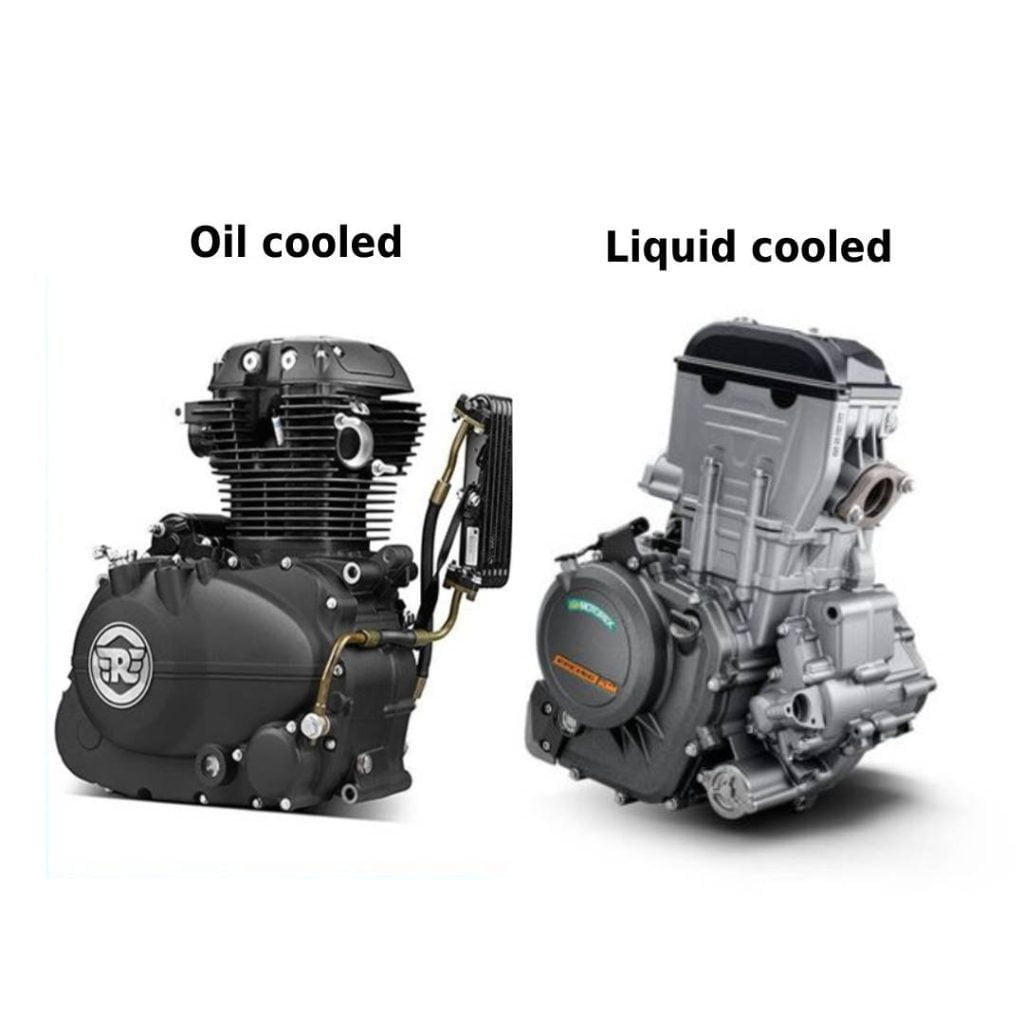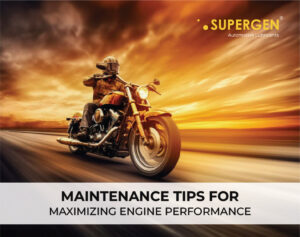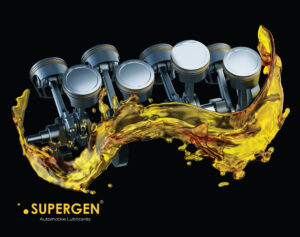Why does the engine need to be cooled?
The engine of any vehicle burns fuel to propel the car or bike forward. During this process, there is a large amount of fuel that is also converted to heat energy. Furthermore, since the internal parts of an engine are constantly in motion and rubbing against each other, there is a large amount of fraction generated, which also causes heat in the engine. Thus, as the car is used for longer times, at higher speeds, the engine begins to heat up more and more. In order to ensure that the engine runs smoothly and optimally, it needs to be cooled down and kept at a stable and appropriate temperature. Failure to do so can cause the heat to built up and cause all kinds of damage to the parts, smoke to be emitted from the engine and for the engine to burn up due to the heat.
What are the different types of cooling systems?
In order to keep the engine cool and stable, each vehicle requires a cooling system. There are different types of cooling systems which can be used, depending on the need and design of the vehicle and its engine. There are three main engine cooling systems.
- Air cooled system – In this type of cooling, the engine cylinder is surrounded by fins on the outside, which allow it to circulate cool air in the engine area. This then cools down the engine. This method is the most common system on Indian bikes and is also quite inexpensive. However, it is also the least effective system since it does not always prevent overheating.
- Oil cooled system- This type of system uses engine oil to cool the engine and maintain optimum temperatures. Engine oil, when heated, gets thinner and thus less effective. In order to keep it cool, the oil is then circulated between an oil cooler, where air cools the oil. This cooled oil is circulated back into the engine, thus keeping it cool.
- Liquid cooled systems – Liquid cooling is a high-concept method that is found in high capacity vehicles as well as in cars. This system uses a network of small passages in and around the engine, through which a coolant is circulated. This coolant absorbs the heat and then is cooled down again in the radiator, before being circulated again in the system.

Oil cooled engines: Pros and cons
As mentioned before, oil cooled engines use the engine oil to cool the engine. The engine oil in such a system is cooled by air and then circulated into the engine again. This is an effective system since not only does the engine get cooled, but it also helps the engine oil remain more effective. Since heat reduces the lubrication provided by the engine oil, cooled oil tends to be thicker and better for the engine.
Pros:
- Oil cooling is much more effective than simple air cooling because the engine oil remains cool and there is less chance of overheating.
- This is quite a simple technology since it does not require any extra parts to be added to the bike.
- Since the technology is simple but effective, it is also inexpensive. It does not need any extra coolant or fluid and thus saves costs. It is also easier to maintain.
Cons:
- This type of system cannot be installed on high capacity bikes. This is because high power bikes can get heated more quickly and thus will overheat with this sort of system.
- There are still chances of overheating if the bike is used for longer intervals and at high speeds.
Liquid cooled engines: Pros and cons
A liquid cooled engine is the latest technology, which is used in high capacity bikes as well as cars. In this system, a coolant liquid is circulated throughout the engine and thus the excess heat is absorbed, and engine temperature is maintained.
Pros:
- This is the most effective system of cooling and the chances of overheating are very low. It is very efficient and heat is absorbed well even at high speeds and longer distances.
- This system is suitable for high-powered bikes that have the tendency to get heated up quite fast.
Cons:
- Since this system is more complex than the other options, it is much costlier to install, as it requires extra lines and passages to be created.
- A liquid cooled system is harder to maintain since the coolant also needs to be changed from time to time.
Conclusion
Both liquid and oil cooled engines have their own pros and cons, as discussed above. What type of cooling system is better for you, depends on your needs, priorities and bike type. For bikes that are high powered and are ridden at high speeds for longer times, liquid cooling is better since there is reduced chance of overheating. However, for bikes that are low powered and for owners who want to keep the cost at a minimum, oil cooling would be more suitable and affordable. The decision of the best cooling system therefore would differ from bike to bike.








